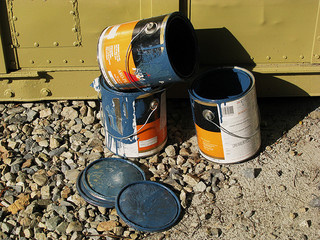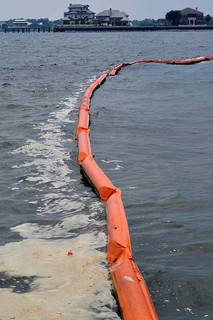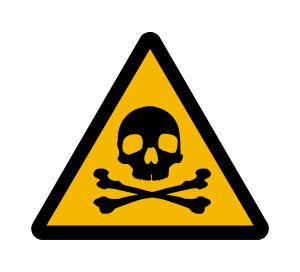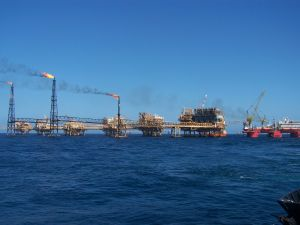Lead paint has been recognized as a dangerous substance that can cause serious injury by the public for some time now. While many modern day lead paint stories come from events like dangerous toy recalls, ten California public agencies, including the city of San Francisco, are making headlines this week in their ongoing battle against major lead paint manufacturers. While lead paint suits may have at one time thought to have been the wave in toxic tort litigation, the recent suits seems to suggest otherwise.
Legalnewsline.com reports that the suit, The People of California v. Atlantic Richfield Company, et. al., is making headlines this week as expert witness testimony is being heard in Santa Clara County Superior Court. Though the suit was filed 13 years ago, the battle is fresh, and, despite urgings from the judge, no settlement appears to be on the horizon. So far, Dr. Gerald Markowitz, an expert historian and professor from the City University of New York, has testified that deregulation in laws permitted paint companies such as Atlantic Richfield Company (also known as “ARCO”) to mix lead paint for tens of years, even though they were aware that there were health hazards associated with it.
Despite this testimony, and other equally as strong evidence, success against the major lead manufacturers is far from a slam dunk. According to Publicintergrity.org, the lead paint industry has successfully defended against approximately 50 suits by various plaintiffs, including states, counties, school districts and states over the last two-and-a-half decades.
 San Francisco Injury Lawyer Blog
San Francisco Injury Lawyer Blog


 An Overview of the Lead Paint Lawsuit
An Overview of the Lead Paint Lawsuit Civil Case Follows Criminal Plea
Civil Case Follows Criminal Plea Researchers Find Increased Rate of Certain Cancers in World Trade Center Firefighters
Researchers Find Increased Rate of Certain Cancers in World Trade Center Firefighters
 The RESTORE Act vs. New DOJ Proposals
The RESTORE Act vs. New DOJ Proposals History shows us that it is a matter of when the next toxic chemical exposure occurs, not a matter of “if” it will. The Chevron plant has seen several disasters in recent years. It is, of course, not the only potential source of toxic chemical exposure in the Northern California region. Asserting your right to compensation, no matter how apologetic a company may appear in the wake of an accident, is an important part of reminding companies that they are accountable for their actions and need to prioritize safety over profits. Bringing a claim is one way to help prevent companies from side-stepping public safety.
History shows us that it is a matter of when the next toxic chemical exposure occurs, not a matter of “if” it will. The Chevron plant has seen several disasters in recent years. It is, of course, not the only potential source of toxic chemical exposure in the Northern California region. Asserting your right to compensation, no matter how apologetic a company may appear in the wake of an accident, is an important part of reminding companies that they are accountable for their actions and need to prioritize safety over profits. Bringing a claim is one way to help prevent companies from side-stepping public safety.